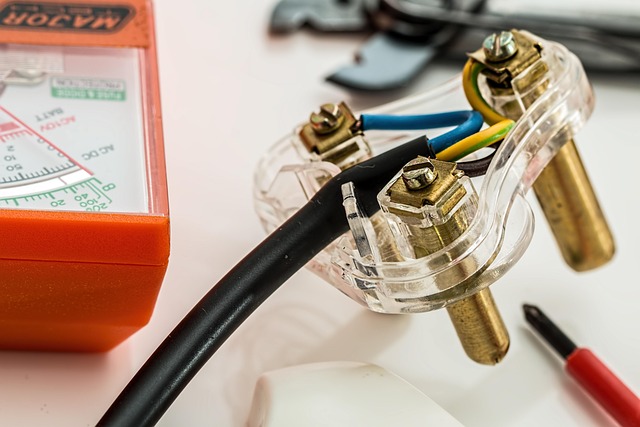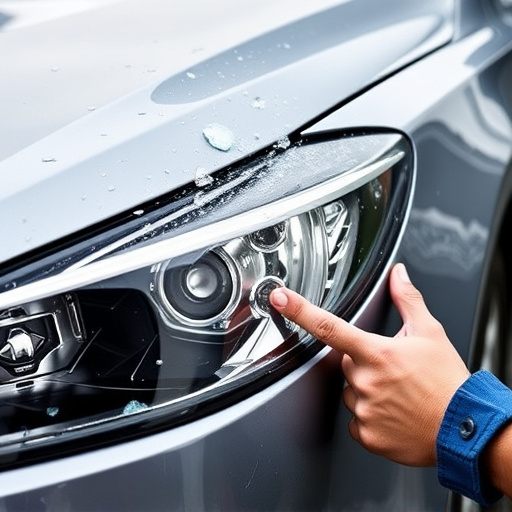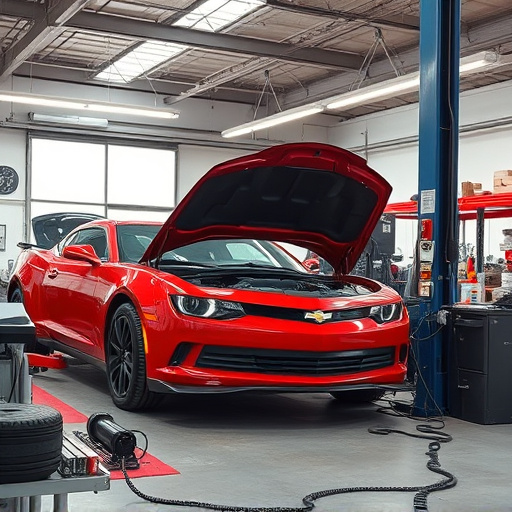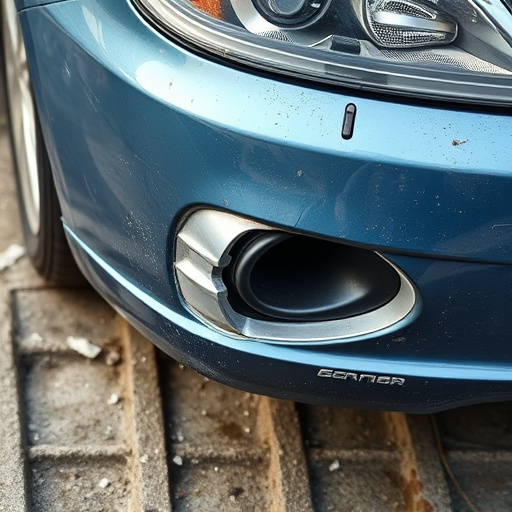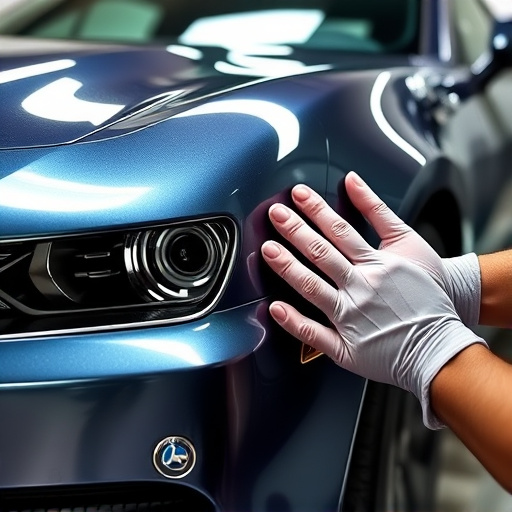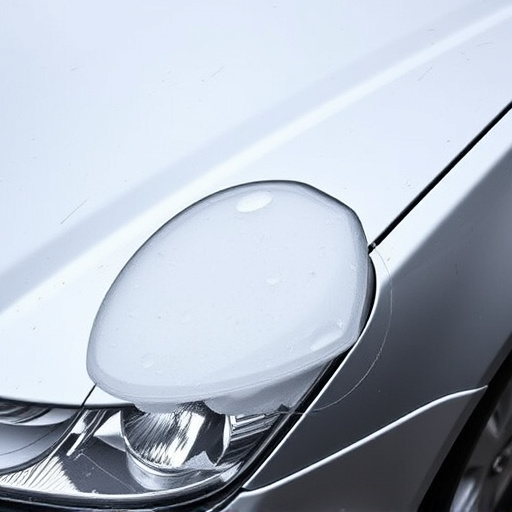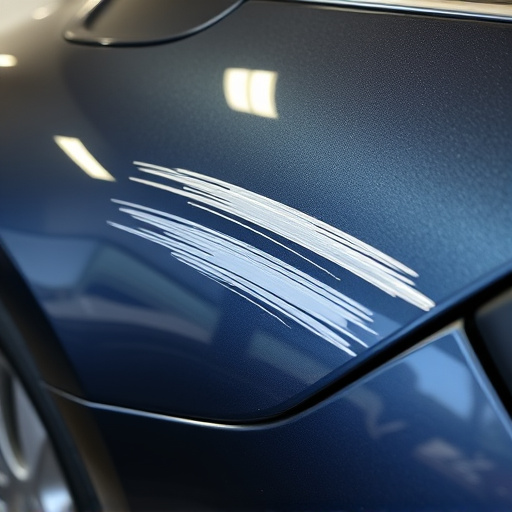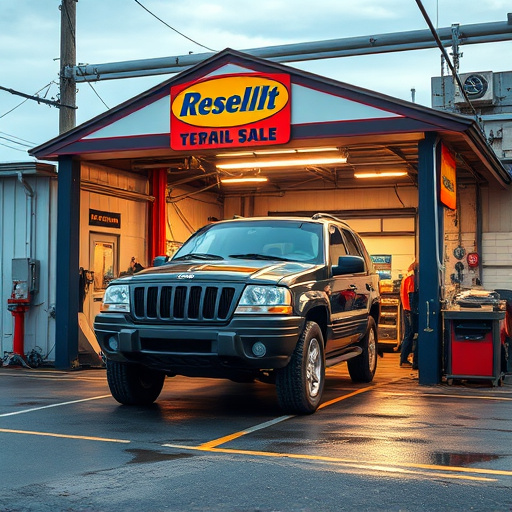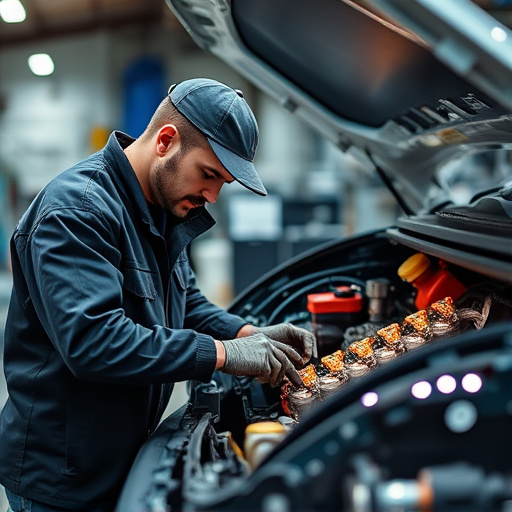Hydraulic frame machines, critical in various industries, require meticulous care due to common issues like leaks and pump failures. Specialized sealants and replacement parts address leaks, while thorough testing and maintenance fix pump problems. In collision repair, like Mercedes Benz, their restoration is vital for vehicle safety and integrity. Regular preventative maintenance, including checks, fluid monitoring, and inspections, minimizes breakdowns and extends equipment lifespan. Prompt issue addressing and structured schedules enhance workshop safety and maintain structural integrity after minor impacts.
In the dynamic world of machinery, understanding the intricacies of hydraulic frame machines is paramount. This article delves into the practical aspects of these powerful assets, exploring real-world examples of repairs and maintenance. From identifying common failures like leaky seals and faulty valves to showcasing successful restoration projects, we provide valuable insights. Additionally, we emphasize the significance of preventative measures, offering best practices for maintaining optimal hydraulic frame machine performance.
- Common Hydraulic Frame Machine Failures and Repairs
- Case Studies: Successful Restoration Projects
- Best Practices for Preventative Maintenance
Common Hydraulic Frame Machine Failures and Repairs
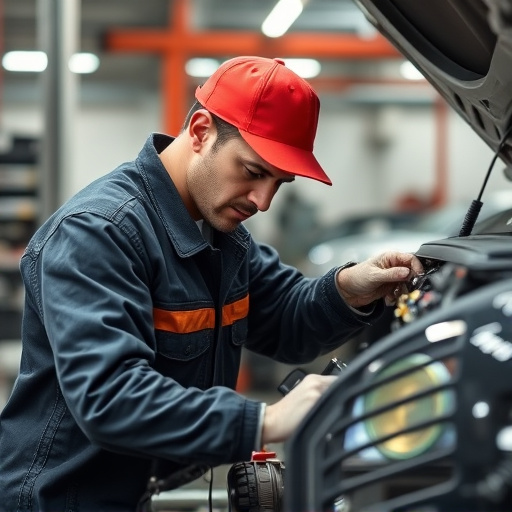
Hydraulic frame machines are integral to many industries, from automotive repairs to construction sites. Common failures often stem from prolonged use, exposure to harsh environments, and regular wear and tear. One of the most frequent issues is hydraulic leakages, which can lead to reduced efficiency and performance. Repairs typically involve identifying and sealing these leaks using specialized sealants and replacement parts.
Another common problem is pump failure, a critical component in the machine’s operation. Pump malfunctions can be caused by debris buildup, worn-out bearings, or damaged valves. Auto body repairs experts often replace the faulty pump and conduct thorough testing to ensure its optimal functioning. For instance, in Mercedes Benz collision repair scenarios, precise hydraulic frame machine maintenance is crucial for restoring vehicles to their pre-accident condition, ensuring safety and structural integrity.
Case Studies: Successful Restoration Projects
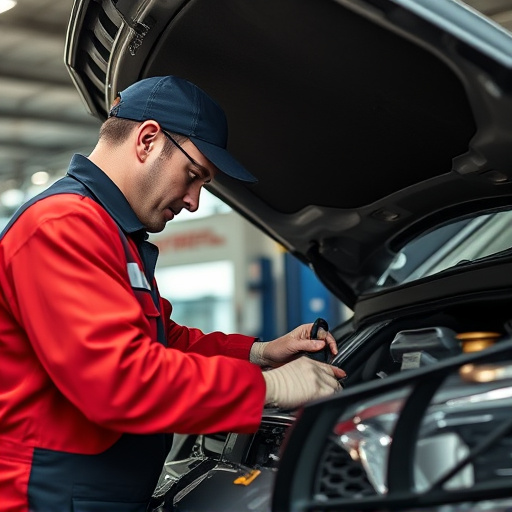
In the realm of industrial machinery maintenance, the successful restoration of hydraulic frame machines is a testament to the expertise and dedication of skilled technicians. Consider a case study where a heavily damaged hydraulic frame machine, once deemed beyond repair, was meticulously restored to its original condition. Through a meticulous process involving disassembly, detailed inspection, and replacement of critical components, the machine’s functionality was fully regained. This project highlights the importance of specialized knowledge in diagnosing and addressing complex issues within these sophisticated mechanisms.
Another compelling example showcases the application of modern techniques like paintless dent repair for hydraulic frame machines. In this instance, a machine suffered from superficial dents that could have hindered its performance if left unchecked. Skilled technicians employed innovative tools and methods to remove these dents without damaging the surrounding areas or requiring extensive repainting. This not only preserved the aesthetic integrity of the machine but also underscored the value of combining traditional expertise with cutting-edge technologies in hydraulic frame machine repairs.
Best Practices for Preventative Maintenance
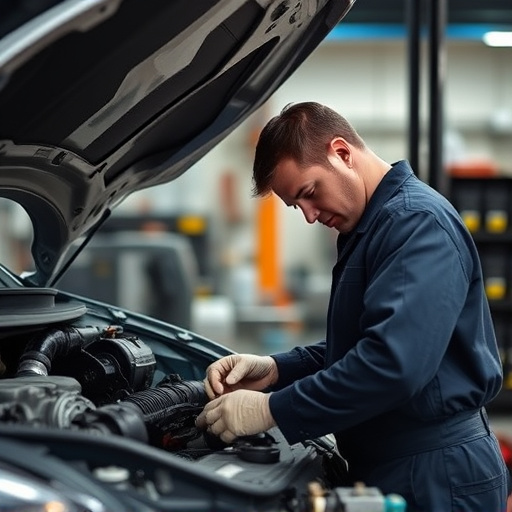
Regular preventative maintenance is key to keeping your hydraulic frame machine operating at peak performance and minimizing unexpected breakdowns. Establish a structured maintenance schedule that includes routine checks, fluid level monitoring, and thorough inspections for signs of wear and tear. Address any issues promptly, such as leaks, loose connections, or damaged components, before they escalate into major repairs like auto body repair or even dangerous failures.
Implementing best practices not only extends the lifespan of your equipment but also enhances safety in the workshop environment. This includes ensuring proper training for all personnel, using high-quality replacement parts, and keeping detailed records of all maintenance activities, particularly concerning critical systems like hydraulics. Regular bumper repair and auto glass replacement may also be necessary, as even minor impacts can compromise the structural integrity of your machine if not addressed promptly.
Real-world examples of hydraulic frame machine repairs highlight the importance of understanding common failures, implementing best practices for preventative maintenance, and leveraging successful case studies. By addressing these aspects, businesses can extend the lifespan of their hydraulic frame machines, ensuring optimal performance and minimizing downtime. This approach not only saves costs but also contributes to a more sustainable and efficient operation in various industries that rely on these machines.
